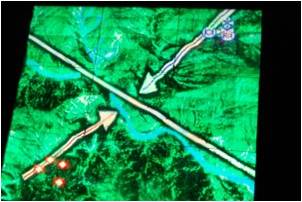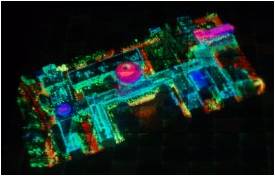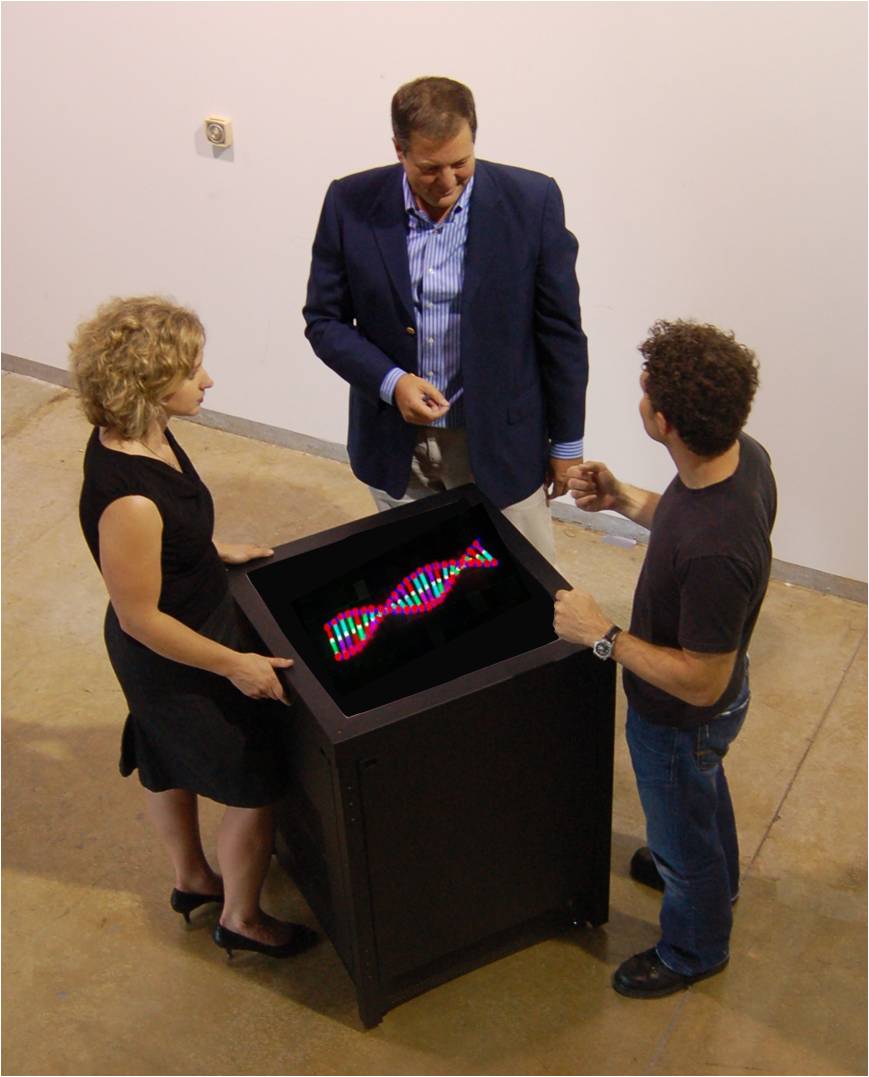| Holographic Displays |
|
Recent progress in holographic display technology,
led by Mark Lucente, Ph.D. |


|
 
|
Check here for recent press articles.
|
Starting in 2005, Zebra Imaging has developed the world's leading holographic display technology. Led by
Mark Lucente, Ph.D., and with funding from DARPA,
the Zebra team created several full-color full-parallax display prototypes, which are now being transitioned to initial customers.
|

|
|
DARPA, which funded the
UPSD display development
Zebra Imaging, where work was performed Photos and video of display at Zebra Imaging |
holographic displays / Mark Lucente / Copyright 2011